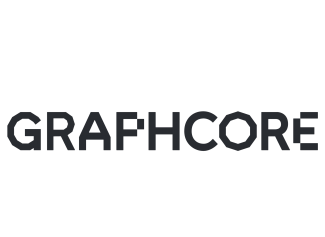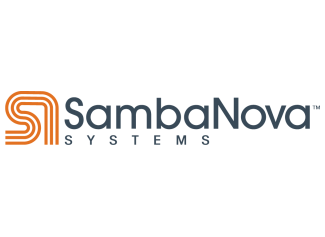The true potential of AI rests on super-human learning capacity, and on the ability to selectively draw on that learning. Both of these properties – scale and selectivity – challenge the design of AI computers and the tools used to program them. A rich pool of new ideas is emerging, driven by a new breed of computing company, according to Graphcore co-founder Simon Knowles. At the AI Hardware Summit, Phil Brown, VP Scaled Systems Product discusses the creation of the Intelligence Processing Unit (IPU) – a new type of processor, specifically designed for AI computation. He looks ahead, towards the development of AIs with super-human cognition, and explores the nature of computation systems needed to make powerful AI an economic everyday reality.

Phil Brown
Phil leads Graphcore’s efforts to build large scale AI/ML processing capability using Graphcore unique Intelligence Processing Units (IPUs) and IPU-Fabric and Streaming Memory technology. Previously he has held a number of different roles at Graphcore including Director of Applications, leading development of Graphcore’s flagship AL/ML models, and Director of Field Engineering, which acts as the focal point for technical engagements with our customers. Prior to joining Graphcore, Phil worked for Cray Inc. in a number of roles, including leading their engagement with the weather forecasting and climate research customers worldwide and as a technical architect. Phil holds a PhD in Computational Chemistry from the University of Bristol.
Graphcore
Website: https://www.graphcore.ai/
We’re optimistic for a future where people live healthier, more informed, more creative lives. We see a world where technology enhances human potential, and takes us into a new era of intelligence and progress that everyone can benefit from.
We let innovators create the next breakthroughs in machine intelligence.
We believe our Intelligence Processing Unit (IPU) technology will become the worldwide standard for machine intelligence compute. The Graphcore IPU is going to be transformative across all industries whether you are a medical researcher, roboticist or building autonomous cars.
We have created a completely new processor, the IPU, specifically designed for AI compute. The IPU’s unique architecture lets AI researchers undertake entirely new types of work, not possible using current technologies, to drive the next advances in machine intelligence.
















